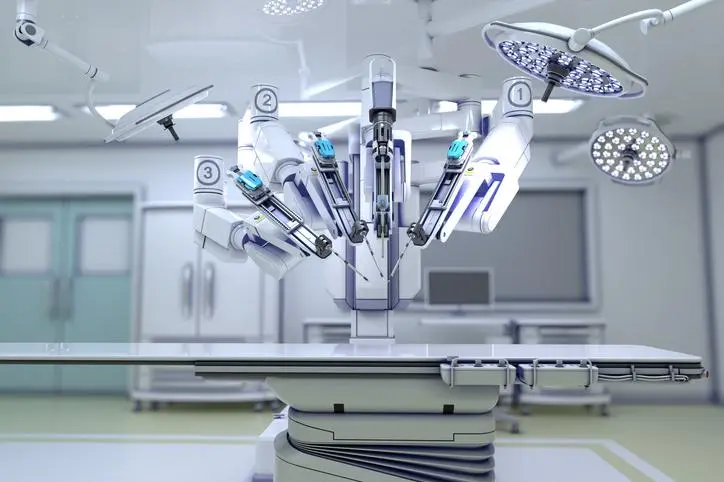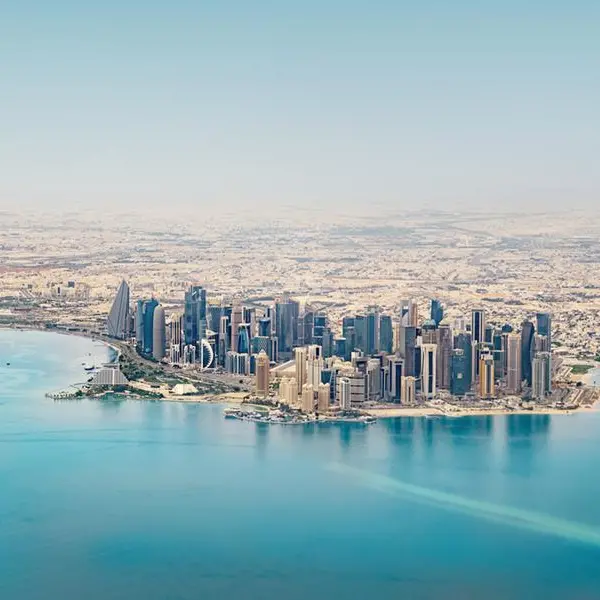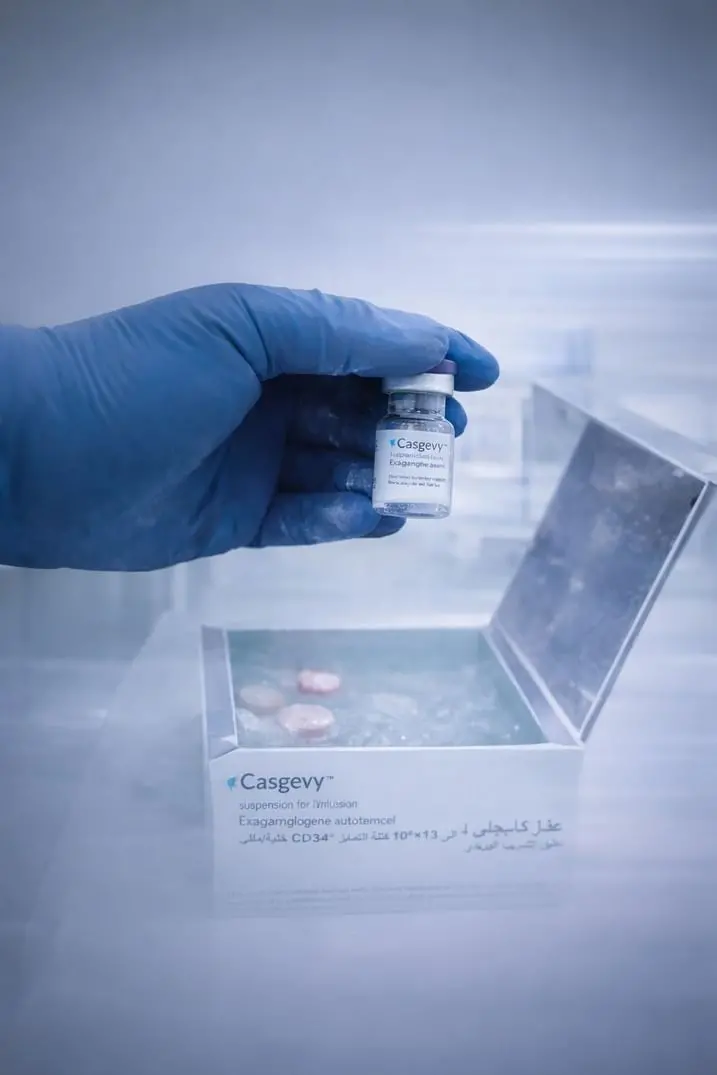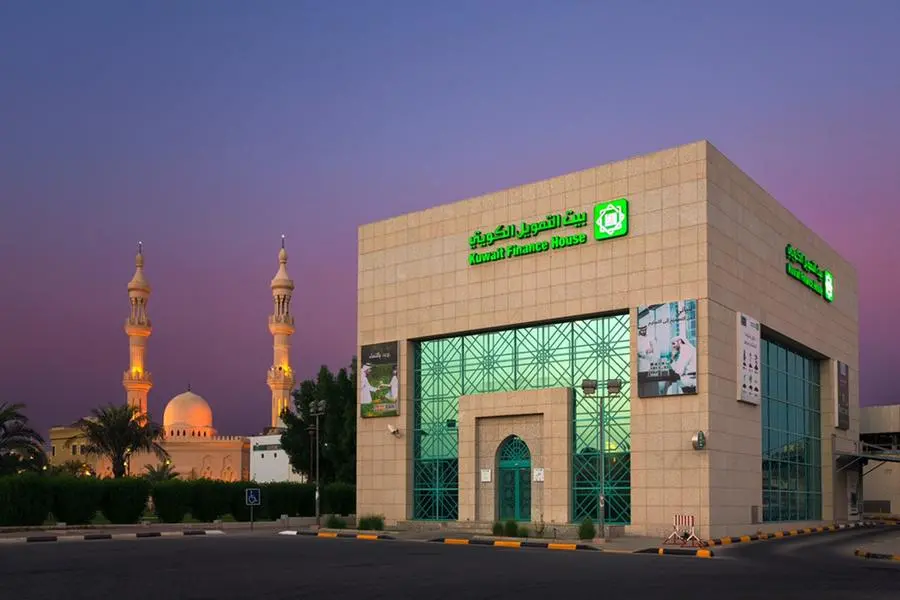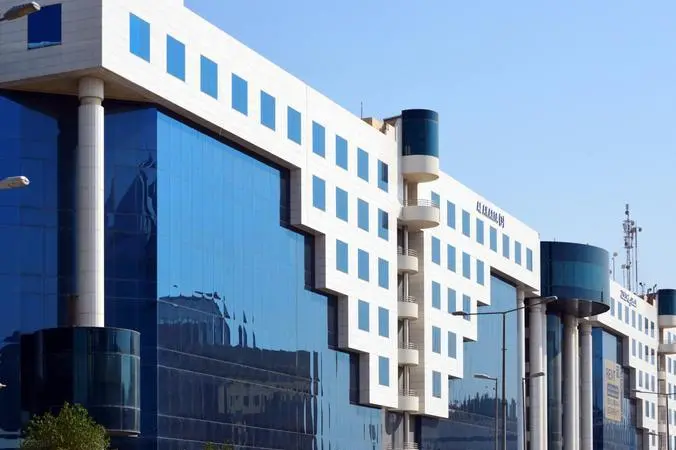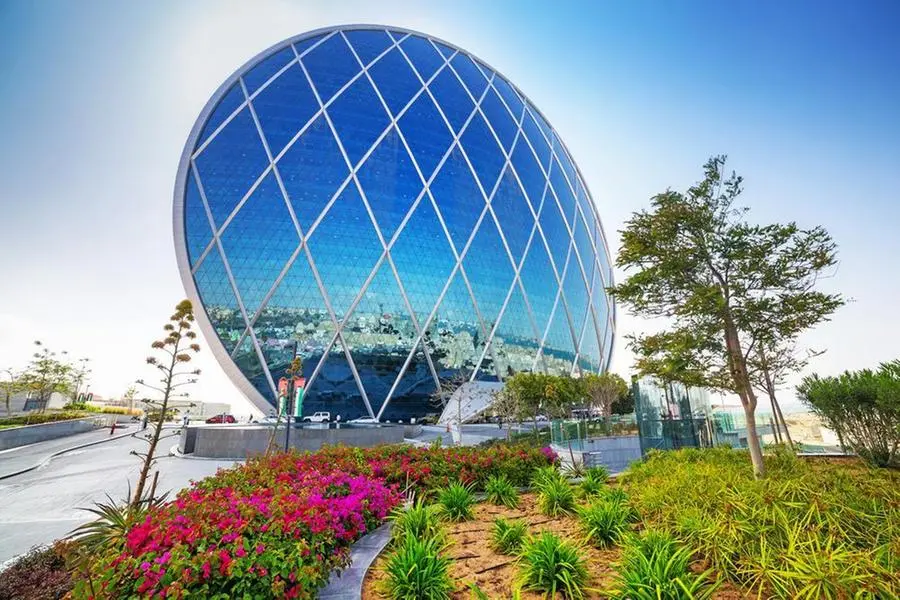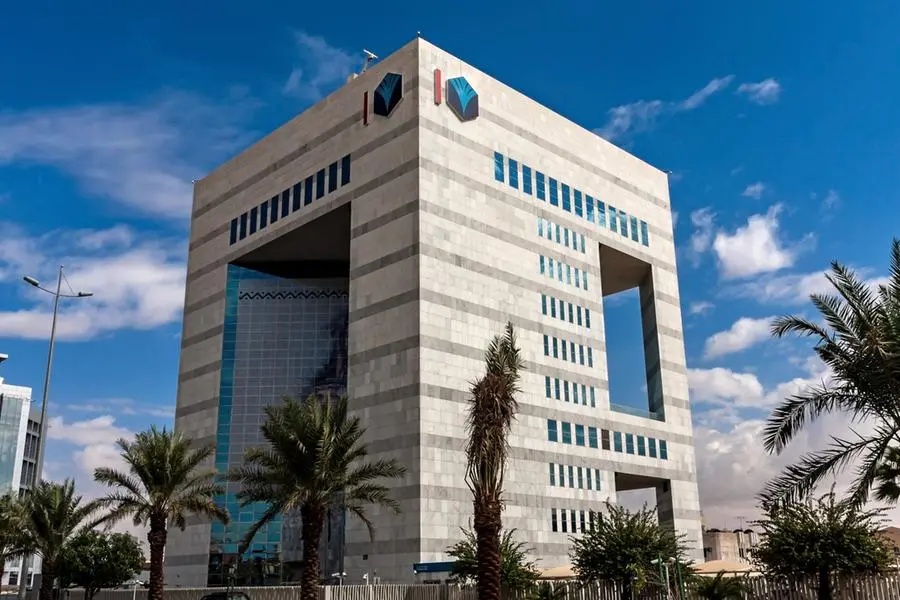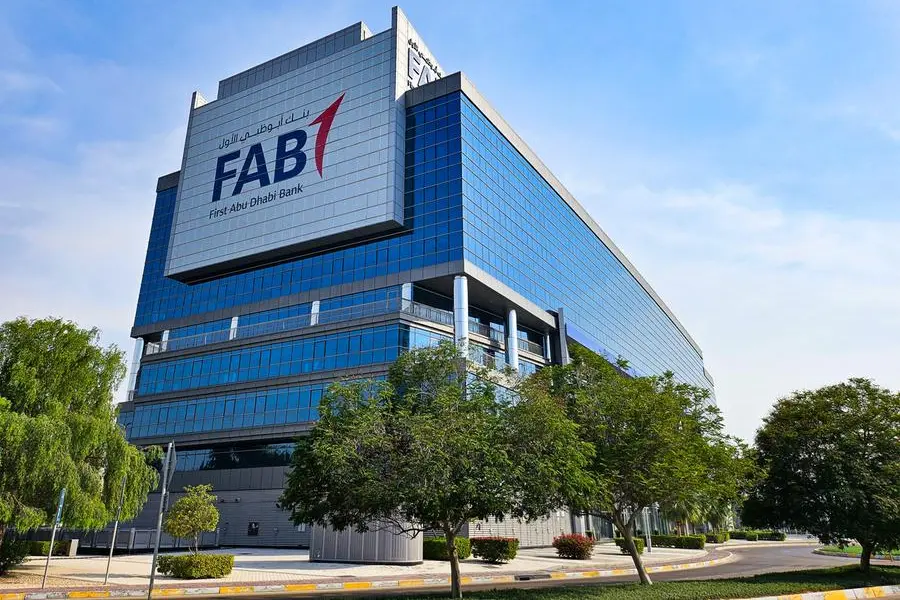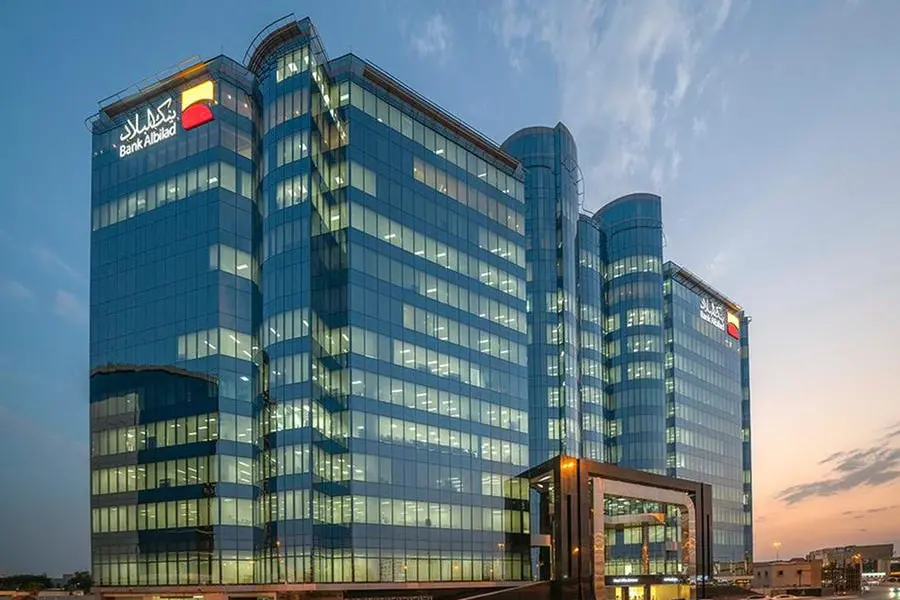PHOTO
The UAE will initiate more robotic-assisted procedures in different surgical specialities, as cost-effectiveness is driving the future of such AI driven innovations in the healthcare sector.
This was revealed at the Global Robotic MedTech Forum which was held in the Middle East for the first time, where key industry leaders and stakeholders congregated in Dubai on Thursday.
Experts in the field elucidated robotic surgery provides three-dimensional vision, seven motion degrees, stable vision, disabling hand’s tremor, and a well-established feasibility, safety, and effectiveness profile.
They also revealed that several studies have shown that robotic-assisted surgery is associated with greater precision and impressive clinical outcomes leading to enhanced patient care.
Addressing the attendees virtually, Omar bin Sultan Al Olama, Minister of State for Artificial Intelligence, Digital Economy and Remote work applications stated by embracing technology and innovation, the country is poised to further improve patient outcomes and provide more efficient and effective healthcare solutions.
“We see technology being used in many domains. There are so many different applications, and we see the use of robotics in the UAE in pre-operative usage of AI, operative usage of AI and post-operative care aspect. It can enhance the administrative processes and ensure that hospitals and healthcare institutions are a lot more efficient for people. In the UAE we make sure that we embrace technology so as to become the pioneers of innovation that will benefit not only the UAE but the world.”
Dr Muna Al Tahlak, CEO of Latifa Women and Children Hospital and Chief Medical Officer of the Dubai Academic Health Corporation, said, “We know for the longest time that robotics is very expensive, but today with all the advancements and so many players in the market, robotic surgeries are becoming cost effective and at the same time, adding great value to patient experience.”
Doctors opine a surgical robot enhances precision, flexibility and control during the operation allowing them to see the surgical site better. Primary benefit also includes faster recovery with such procedures having fewer surgical complications resulting in less noticeable scars.
“I think people think when it's a robot then the human element is not there. In fact, it's the human who's moving the robot to do the surgery. I think this is very important for people to know. Today, when I use a robot as a surgeon, I am able to see better than my human eye or I am able to move my hands better and rotate with the robotic arm than my own arm. So, imagine the ease and the accuracy of doing the surgery,” Al Tahlak adds.
1,000 procedures using DaVinci XI Robot
Meanwhile, many hospitals in the UAE boast of the state-of-the-art operating rooms that are already complemented by the newest robotic technology – DaVinci XI Robot, allowing surgeons better angles and better views.
Noor Alsari Almheiri, Director of Mental Health Department section and acting Director for Visiting Consultant Office – Emirates Health Services says, “in alignment with our UAE national strategy of providing excellent care to our surgeons we introduced robotic surgery in the year 2015-16 and it was first introduced in the country in Emirates Health Services (EHS) in Al Qasmi Hopital, the first speciality was cardiac surgery when we introduced Da Vinci. We started introducing this scope to other specialties to ENT, general surgery, Urology, Obstetrics and Gynaecology. Now we have completed 1,000 surgeries using robotics. We plan to increase the adoption of robotic surgery in all hospitals going forward… more specialties will be included with more training building capacity for our healthcare providers.”
More than one DaVinci system in UAE hospitals
Dr Fred Moll, Pioneer of Robotic Surgery, Palo Alto, USA says, “A significant number of DaVinci procedures are done in the UAE. It is not pervasive, but it is gaining momentum. There are a number of hospitals that have more than one DaVinci system. So, it is it is definitely making inroads into the UAE.”
“costs are coming down, especially with new robotics coming into the market and making competitive inroads. The cost of procedures are likely to drop and so there's a trend towards equalising robotic surgery with manual techniques,” he added.
Identifying areas where there is scope for more work, she adds, “doctors need more hands-on training and certification because the robot will not do the surgery by itself. It needs a physician to control that robot and do the surgery. It needs training of physicians to ensure that they have the right skills to operate (with robots). Robots are not going to replace doctors, but doctors are going to rely more heavily on the robot in the future,” adds Almheiri.
What doctors want and the future of healthcare
Shedding light on what new doctors want, Kurt Azarbarzin, CEO EndoQuest Robotics, Houston USA says, “In the US all the medical students coming in are demanding robots in the ORs because they get trained in university settings and institutions with robots. When they go to the facility as part of the interview process, they ask about robots because they feel the robot makes them better. It’s going to be standard in healthcare, it won’t be tomorrow, but eventually it will be.”
Copyright © 2022 Khaleej Times. All Rights Reserved. Provided by SyndiGate Media Inc. (Syndigate.info).
